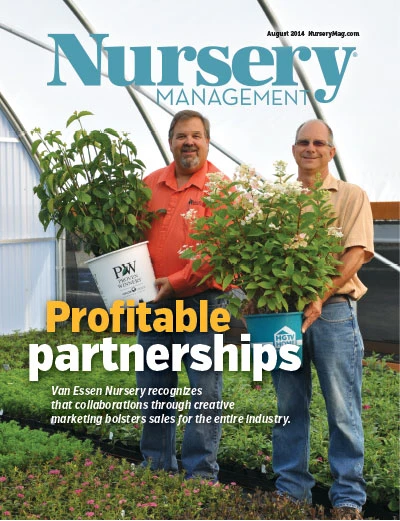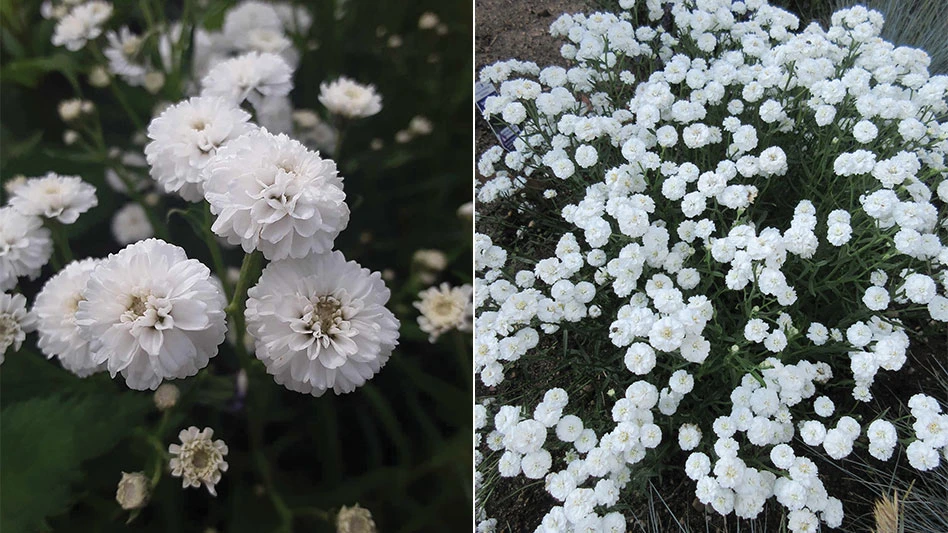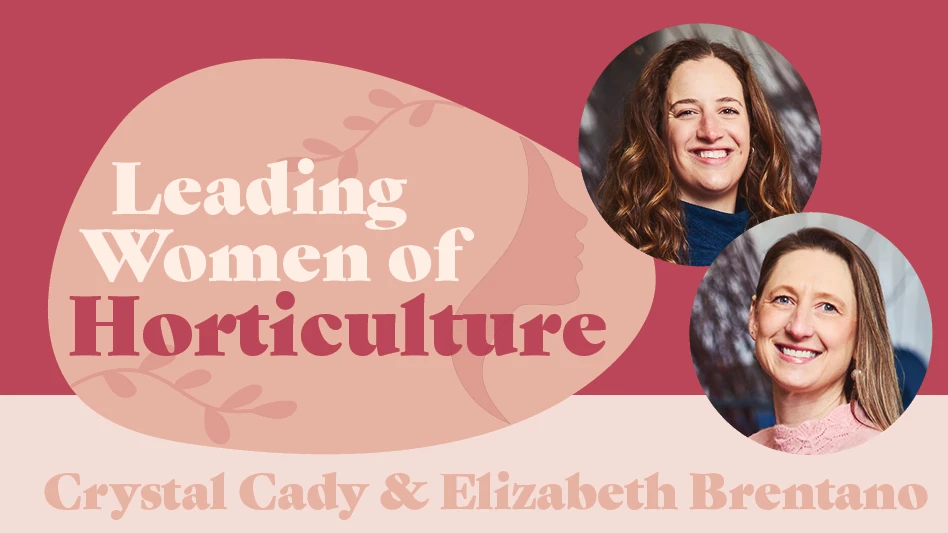I am addicted to food – growing it, designing with it and eating it, and I am not alone. Thanks to the efforts of pioneers like Ros Creasy, the guru of edible landscapes, this movement is now mainstream and attracting new gardeners every season.
Recently I have found myself talking to a lot of strangers about gardening. In line at the grocery store I met a recently retired woman who is growing food for the first time. At the local hardware shop I learned that a new community garden is in the works. During a rare summer pedicure a 20-year-old college student shared her hopes for a greener future, where she grows food and “lives more sustainably.” It seems everywhere I go (even jury duty!) people are genuinely interested in gardening.
With each conversation I try to end with one simple question: What do you want from your existing landscape? Everyone remarks in the same way: “Plants that do more than look pretty.”
The appeal of “multi-purpose plant material” seems to fit right into the values of today’s busy world. Time is of the essence and every aspect of life requires functionality, efficiency and multi-tasking. Why should landscape plants be the exception?
Gardeners across the world are prioritizing the practical integration of food crops in traditional landscapes. “Foodscaping” provides an element of beauty, utility, and satisfaction over conventional design — a key factor for attracting and retaining new gardeners. Edibles enhance a space by providing a unique seasonal component with additional health and economic benefits. This style of planting encourages daily interaction and can provide a relaxing routine after a busy day at work. The lifestyle of the home gardener is having a renaissance, and the nursery industry is poised to benefit. Flashy annual crops like tomatoes, peppers, kale and chard are the gateway plants to home gardening. Professionals and hobbyists alike can expect abundant harvests from a limited investment of time, effort and money. With thousands of varieties to choose from, growers have the ability to promote a diverse collection year round. Seasonal edible crops are easily produced with traditional flowering annuals like marigolds, coleus, and pansies. The media, fertilization schedule and light requirements are similar. Perennial edibles, though less abundant, ensure lasting success for the consumer. Everyone who visits my home garden is immediately drawn to the blueberry hedges which provide pollen for bees in the spring, high yields of delicious fruit in the summer and late fall color in the garden. Nearby, a wall of figs tempt guests with their tropical foliage and abundant fruits. As a backdrop to the fire pit, asparagus plants emerge early in the spring and form an airy screen with bright yellow fall color. Tea plants (Camellia sinensis) line my woodland paths, flushing with new growth ready to harvest. Visitors are always shocked to learn that the signature beverage of the south is derived from a camellia.
All of these edible plants can easily be incorporated into the inventories of growers. The cultural requirements of Vaccinium sp., Ficus carica and C. sinensis are the same as other common woody ornamentals like Ilex, gardenia and rhododendron. Deciduous fruiting trees such as apples, peaches, plums and pears can be grown side by side with trees like Cornus, Cercis, and Lagerstroemia. Perennial crops such as asparagus, strawberries and herbs thrive with the same care as flowering plants such as phlox, echinacea and rudbeckia.
Consider growing several varieties of each genus to accommodate pollination needs in addition to a range of sizes and forms. The Urban Columnar series of apples is very appealing for tight spaces. Thornless selections of raspberries and dwarf blueberries are ideal for container gardens and hanging baskets.
Take extra care in growing varieties that thrive in your region. As a Southern grower, the examples above are ideal because they flourish in long, hot summers and tolerate cold, wet winters. Promote the qualities that make your area the perfect climate for a specific edible collection. As a professional horticulturist, I am encouraged daily by my random gardening encounters with strangers. I am inspired to promote gardening not just for its beauty, but for the health, wellness and lifestyle that it provides. Foodscaping is a design technique that embraces the heritage of home gardening while developing a new level of sophistication for modern day living, and a new opportunity for sales for wholesale nurseries.
Brie Arthur is a professional plant propagator and landscape designer in Raleigh, N.C. Her passion is Foodscaping and educating consumers on the many reasons why the craft of gardening is meaningful in their daily lives.
Get curated news on YOUR industry.
Enter your email to receive our newsletters.

Explore the August 2014 Issue
Check out more from this issue and find your next story to read.
Latest from Nursery Management
- Dümmen Orange North America celebrating 25th anniversary in 2025
- Illinois Landscape Contractors Association changes name to Landscape Illinois
- 2025 Proven Winners Horticulture Scholarship applications now open
- ICL’s Gemini Granular herbicide now registered for use in California
- Eurazeo Planetary Boundaries Fund acquires Bioline AgroSciences
- The Leading Women of Horticulture
- Leading Women of Horticulture: Dana Massey, Plantworks Nursery
- Spring Survival Guide





